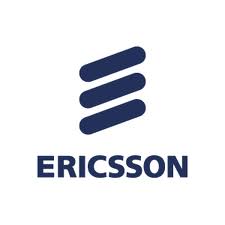  Softbank Mobile has signed a LTE network contact with Ericsson who will upgrade SOFTBANK MOBILE's packet core network, including systems integration and deployment of an Evolved Packet Core (EPC) solution, and build a new LTE radio access network using RBS 6000 multi standard base stations.
The Ericsson network will cover Japan's major cities Tokyo, Osaka and Nagoya - which together account for 70 percent of the country's total data and voice traffic. SOFTBANK MOBILE is currently Japan's third largest mobile operator, with more than 29 million subscribers.
This will allow SOFTBANK MOBILE users to experience the best possible networks in one of the world's most densely populated areas such as Tokyo, Osaka, and Nagoya.
Junichi Miyakawa, Executive Vice President, Director and CTO of SOFTBANK MOBILE Corp., says "To fulfill our customers' expectations, we continue to improve our networks. With LTE, customers get increased speed and decreased latency, while they will enjoy a wide range of new services and applications. With Ericsson's support, we will be able to offer our customers high quality LTE services."
Jan Signell, President of Ericsson Japan, says: "During 2012, many new smartphones, notebooks and tablets with LTE capabilities will be launched in Japan. This will lead to a strong increase in consumer demand for higher data speeds and throughput - a demand that SOFTBANK MOBILE will be able to meet thanks to the state-of-the-art LTE network that we will rapidly deploy.
"I am especially proud that SOFTBANK MOBILE has selected Ericsson to build this LTE network in its most dense service areas, where the consumers are most demanding."
Ericsson has signed 45 LTE/EPC contracts in 23 countries on five continents. The global LTE population coverage is 325 million, of which 215 million are covered by Ericsson networks.
LTE, the next generation of mobile communication technology, enables the fast transfer of huge amounts of data in an efficient and cost effective way, optimizing the use of the frequency spectrum.
With increased speed and decreased latency, consumers can enjoy a wide range of applications such as lag-free web browsing, online gaming, social media and video conferencing effortlessly, while on the move. LTE will meet the demands of new and enhanced mobile internet applications of the future.
Ericsson continues to drive open standards and has had the greatest influence on the LTE specifications released to date. Ericsson expects to hold 25 percent of all essential patents related to LTE, which will make it the standard's largest single patent holder. |